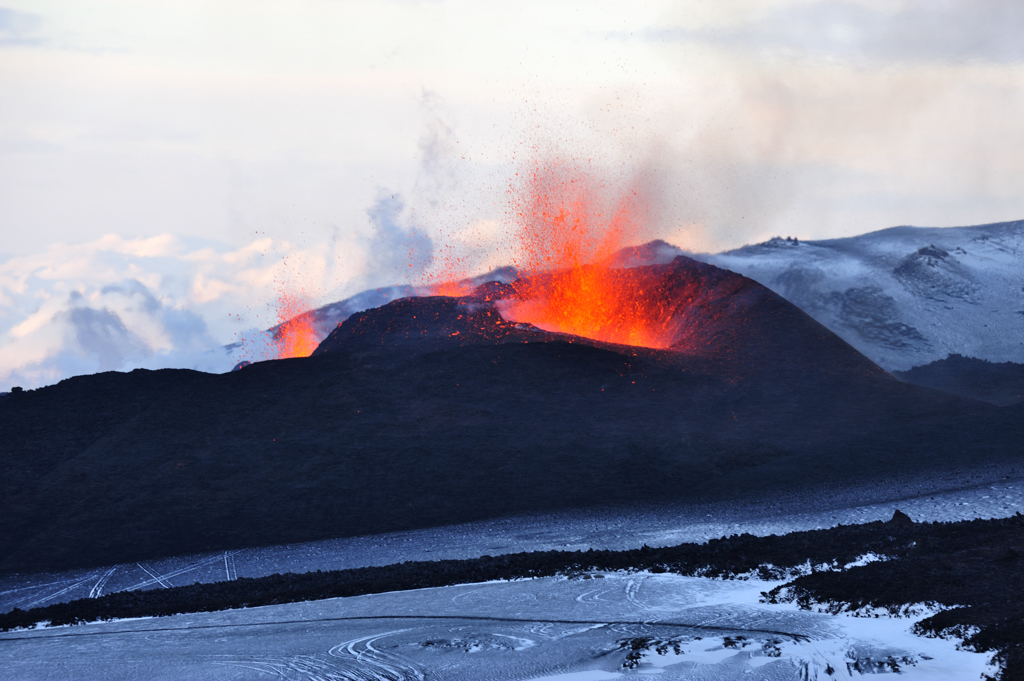.jpg) |
| The Moeraki Boulders |
Moeraki Boulders are just one of the many naturally
occurring oddities that are found on Koekohe Beach and surrounding areas in New
Zealand. Some have likened the appearance of these boulders to the bowling
balls of giants, who have long since abandoned their game. In a way, they do
look like bowling balls because some of them are nearly perfectly spherical.
This sort of boulder occurs naturally elsewhere, but the number of them in the
area and the beauty of the surrounding New Zealand landscape seems to draw
people to the Moeraki Boulders in particular.
Roughly 56 million years ago (during the Paleocene Epoch),
small bits of wood, fossils and bones on the bottom of the ancient sea floor
began to accumulate layers in what is now New Zealand. Over time, these small
formations grew larger and larger in much the same way an oyster's pearl grows
in size. The large, round stones that resulted from this process are known as
septarian concretions. They eventually became trapped in the stunning sheer
cliffs that grace the coast of Kohekohe Beach between Moeraki and Hampden, New
Zealand.
When erosion began to take its toll on the cliffs, the
ancient Moeraki Boulders were freed. Today, they are scattered across the
landscape like errant marbles. Some are not spherical, but are oval instead.
These Moeraki Boulders look like dinosaur eggs–really big ones, at that. Some
of them have cracked open and revealed their softer, eroded interior. Some of
these are big enough for a man to sit in, giving the appearance that he has
just been hatched from the ancient stone. The biggest of the Moeraki Boulders
is close to nine feet in diameter and weighs several tons.
The surfaces of the Moeraki Boulders are cracked, causing
them to look like turtle shells. The reason for this cracking is yet unknown to
science. We do know that the interiors of the boulders are weaker than the
exteriors, yet the exteriors are cracked. Some of the boulders are much smaller
than others. The cracked surface makes them look like large turtles half-buried
in the sand.
An 1848 drawing by W.B.D. Mantell shows the Koekohe Beach
with more of the Moeraki Boulders than are currently there, so we know they are
slowly vanishing. However, more are still trapped in the cliffs, as evidenced
by those that are only half-exposed today. There is no telling how many of them
are still waiting to be revealed.
Sources
De Hek, Danny, retrieved 10/28/10,
newzealandnz.co.nz/destinations/moeraki.html
Facts about Moeraki Boulders, retrieved 10/28/10,
moeraki-boulders-facts.php
Evans, RJ, The Mysterious Moeraki Boulders,
kuiositas.com/2010/09/mysterious-moeraki-boulders.html
